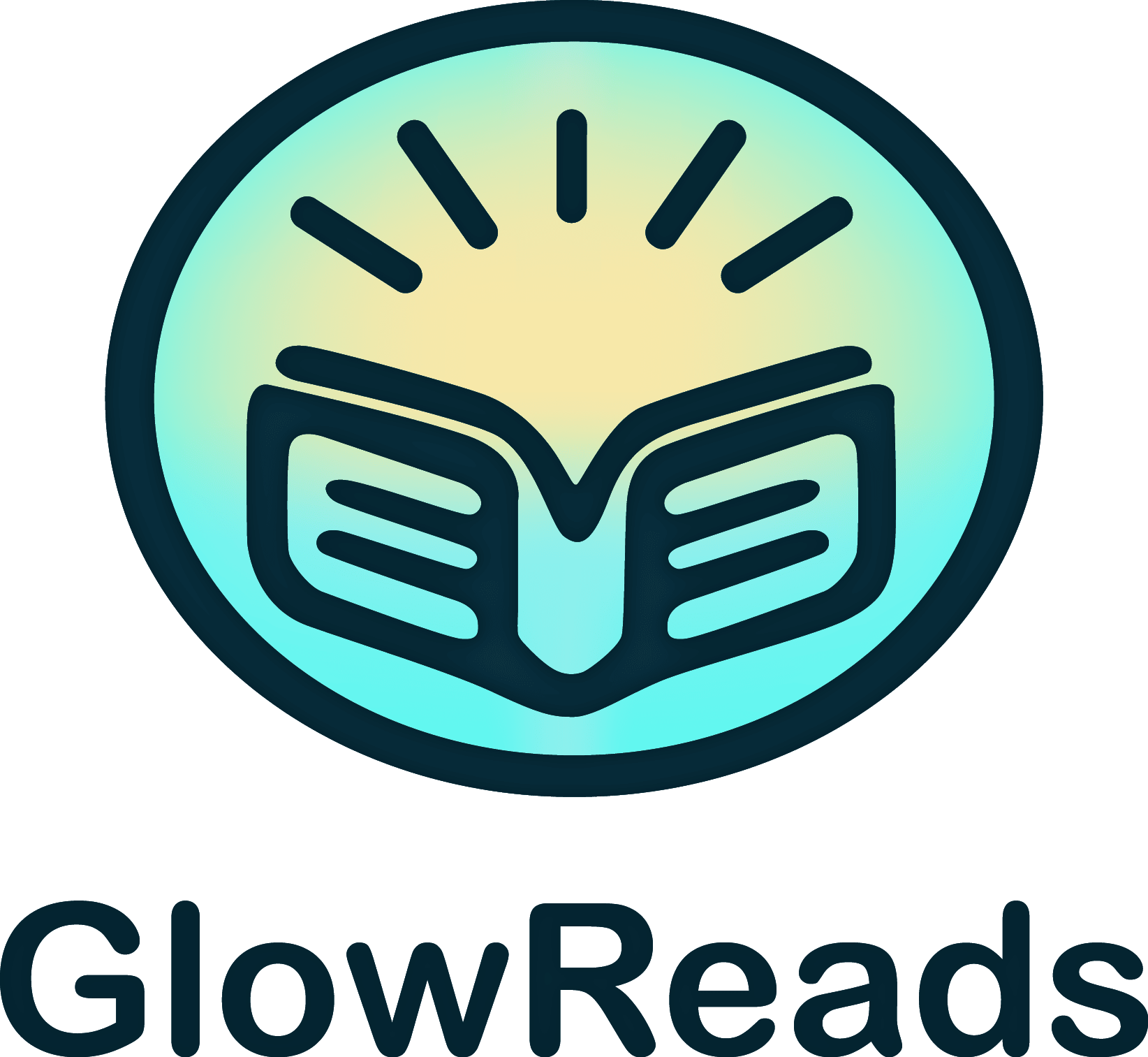Introduction: Romance fiction is a genre that centers on romantic relationships between characters, often emphasizing emotional intimacy and personal growth. This genre encompasses a wide range of sub-genres, from historical romance to contemporary romance, each offering unique narratives and settings. Romance fiction provides readers with stories of love, passion, and connection, exploring the complexities of human relationships and the transformative power of love. By engaging with romance fiction, readers can experience the joys and challenges of romantic relationships, gaining insights into the dynamics of love and intimacy.
Key Characteristics of Romance Fiction: Romance fiction is characterized by its focus on romantic relationships, often featuring protagonists who face various obstacles and challenges on their journey to love. These novels typically have emotionally engaging narratives, with well-developed characters and compelling romantic arcs. Romance fiction explores themes such as love, trust, loyalty, and personal growth, providing readers with a deep and nuanced understanding of romantic relationships. The genre often employs narrative techniques such as alternating perspectives, flashbacks, and inner monologues to create a rich and immersive reading experience. Additionally, romance fiction frequently incorporates elements of other genres, such as historical fiction, fantasy, or suspense, adding depth and variety to the narratives.
Popular Sub-Genres of Romance Fiction: Romance fiction encompasses a wide range of sub-genres, each offering unique settings and narratives. Historical Romance features love stories set in different historical periods, often blending historical facts with fictional elements. These novels provide readers with rich, immersive narratives that transport them to different times and places. Examples include “Outlander” by Diana Gabaldon and “Pride and Prejudice” by Jane Austen. Contemporary Romance focuses on modern-day love stories, exploring themes of love, relationships, and personal growth in contemporary settings. These novels reflect the experiences and challenges faced by individuals in today’s world, providing relatable and emotionally engaging narratives. Examples include “The Hating Game” by Sally Thorne and “Me Before You” by Jojo Moyes. Romantic Suspense combines elements of romance and suspense, featuring protagonists who navigate dangerous situations and uncover secrets while developing romantic relationships. This sub-genre offers thrilling and emotionally charged narratives, blending romance with high-stakes action. Examples include “The Witness” by Nora Roberts and “Don’t Tell” by Karen Rose.
Must-Read Romance Fiction Books: Several romance fiction novels have gained acclaim for their compelling narratives and emotionally engaging love stories. “Outlander” by Diana Gabaldon is a historical romance that follows Claire Randall, a WWII nurse who is transported back in time to 18th-century Scotland, where she falls in love with a Highland warrior. The novel blends elements of romance, history, and fantasy, creating a rich and immersive narrative. “Pride and Prejudice” by Jane Austen is a timeless classic that explores the complexities of love, class, and societal expectations through the relationship between Elizabeth Bennet and Mr. Darcy. Austen’s sharp wit and keen social commentary make this novel a beloved favorite. “The Hating Game” by Sally Thorne is a contemporary romance that follows the playful rivalry and burgeoning romance between two coworkers, Lucy Hutton and Joshua Templeman. The novel’s witty dialogue and charming characters make it a delightful and engaging read.
Prominent Romance Fiction Authors: Several authors have made significant contributions to the genre of romance fiction, creating works that have captivated readers and left a lasting impact on the literary world. Jane Austen is celebrated for her keen social commentary and enduring romantic plots, with works such as “Pride and Prejudice” and “Sense and Sensibility” continuing to captivate readers with their wit and insight into human relationships. Nora Roberts is known for her prolific output and diverse range of romance novels, including romantic suspense, contemporary romance, and paranormal romance. Her works, such as “The Witness” and “Vision in White,” offer rich, emotionally engaging narratives. Julia Quinn is a bestselling author of historical romance, known for her Bridgerton series, which has been adapted into a popular television series. Her novels, such as “The Duke and I” and “Romancing Mister Bridgerton,” blend humor, romance, and historical detail, creating delightful and engaging stories.
Engaging with Romance Fiction: Engaging with romance fiction can be both heartwarming and emotionally enriching, offering readers a chance to explore the joys and challenges of romantic relationships. Reflecting on the themes, character development, and narrative techniques used in these novels can deepen one’s appreciation for the genre. Participating in book clubs or online literary communities can enhance the reading experience, providing opportunities for discussion and exchange of ideas. Reading reviews and recommendations from reputable sources can help guide readers in selecting romance fiction that aligns with their interests and preferences. By engaging with romance fiction, readers can enjoy the emotional highs and lows of romantic storytelling, gaining insights into the dynamics of love and intimacy.
Conclusion: Romance fiction offers readers a rich and emotionally engaging literary experience, exploring the complexities of romantic relationships and the transformative power of love. By engaging with this genre, readers can experience the joys and challenges of love, gaining insights into the dynamics of intimacy and connection. The diverse range of sub-genres and compelling narratives found in romance fiction provide a rich and varied literary landscape, offering readers both entertainment and emotional enrichment. Romance fiction continues to captivate readers with its compelling love stories, making it a valuable and enriching literary genre.
